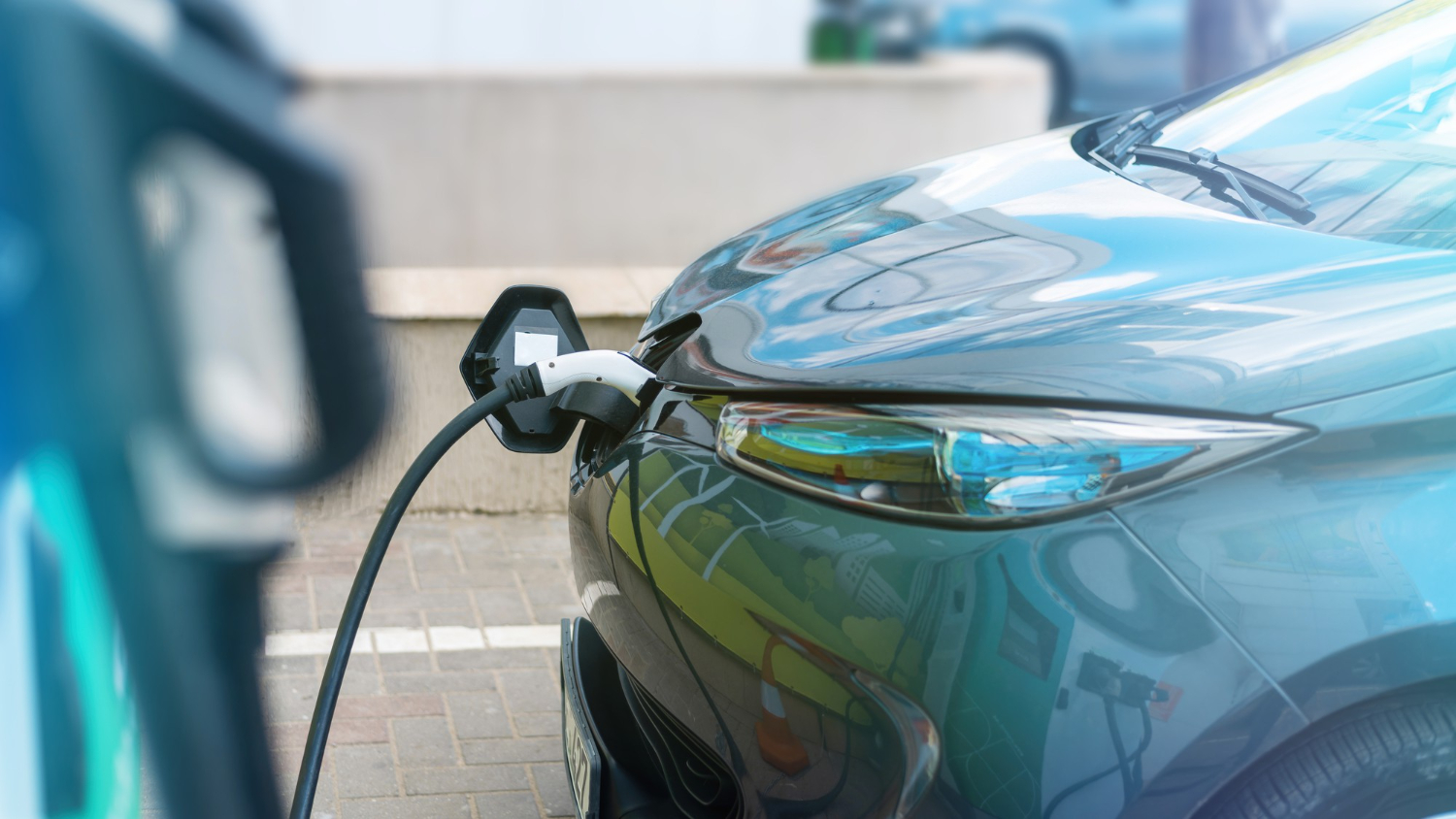The automotive industry is
undergoing a significant transformation, with the central conversation today
focused on the transition from hydrocarbon-based fuels to sustainable, green
energy sources for powering vehicles. Traditionally, petrol (gasoline) and
diesel have served as the primary fuels for internal combustion engine
vehicles. However, growing awareness of their environmental and economic
drawbacks is accelerating the push toward cleaner alternatives. The
disadvantages of petrol and diesel are substantial and include the following:
Environmental Degradation
1. Greenhouse emissions
·
Gasoline
and diesel emit large amounts of Carbon Dioxide (CO2), a major
contributor to climate change.
·
Diesel
also produces black
carbon (soot), which accelerates warming.
2. Air Pollution
·
Diesel
emits nitrogen oxides (NOx)
and particulate matter (PM)
— linked to asthma, heart disease, and cancer.
·
Gasoline
emits hydrocarbons and carbon monoxide, which contribute to smog and harm health.
3. Oil extraction and refining
·
Causes habitat
destruction, oil spills, and water contamination.
·
Energy-intensive process with its own carbon
footprint.
Technical and
Economic Disadvantages
1. Finite resource; Petroleum is
non-renewable, resources are depleting over time.
2. Volatile pricing- Gasoline and diesel prices
fluctuate due to geopolitics, oil supply, and demand.
3. Low energy efficiency-Internal combustion engines
(ICEs) are much less efficient than electric motors — only ~20–30% of fuel
energy is used to move the vehicle.
4. Maintenance costs- ICEs have more moving parts than
electric motors, leading to higher maintenance needs (e.g., oil changes,
exhaust systems, spark plugs).
Practical Disadvantages
1. Noise and
Vibration- Gasoline and especially diesel engines are
noisier than electric alternatives.
2. Urban
restrictions- Some
cities are banning or taxing older gasoline and diesel vehicles due to
pollution concerns.
3. Health risks- Long-term exposure to vehicle
exhaust can cause serious health issues, especially in densely populated areas.
To
drive the transition toward green energy, both established automotive giants
and innovative startups have made substantial investments in the development of
electric vehicles (EVs). At the heart of this transformation lies lithium-ion
battery technology, which is poised to unlock the full potential of EVs by
enabling longer driving ranges and significantly reducing charging times. These
two factors; range and charging speed, are likely to be the most
critical considerations for consumers when selecting their preferred EV models.
While
Battery Electric Vehicles (BEVs) currently lead the charge in the clean
mobility movement, manufacturers are also exploring alternative energy
solutions such as Hydrogen Fuel Cell Electric Vehicles (FCEVs).
Together, these technologies fall under the broader category of New Energy
Vehicles (NEVs), a term that encompasses all emerging clean propulsion
systems expected to shape the automotive landscape for the coming century.
Although
these new technologies promise to drastically reduce greenhouse gas emissions
from the transportation sector, it is important to recognize that each solution
comes with its own set of challenges. Hydrogen, for example, produces only
water vapor at the tailpipe, making it clean in use, but its production
methods, particularly when derived from fossil fuels, can have a negative
environmental footprint.
The
table below offers a side-by-side comparison of Internal Combustion Engine
(ICE) vehicles, Battery Electric Vehicles, and Hydrogen Fuel Cell
Vehicles, outlining their respective advantages and limitations.
|
Feature |
ICE Vehicles (Internal Combustion
Engine) |
BEVs (Battery Electric Vehicles) |
FCEVs (Fuel Cell Electric Vehicles) |
|
Energy Source |
Gasoline or Diesel |
Electricity (batteries) |
Hydrogen gas |
|
Main
Propulsion |
Combustion engine |
Electric motor |
Electric motor
(powered by hydrogen fuel cell) |
|
Emissions |
High (CO₂, NOx, particulates) |
Zero tailpipe emissions |
Zero tailpipe emissions (only water
vapor) |
|
Fueling/Charging
Time |
5–10 minutes |
30 minutes to 12+
hours (depends on charger) |
3–5 minutes |
|
Driving Range |
400–800 km (typical) |
200–600 km (modern BEVs) |
400–700 km |
|
Fueling/Charging
Infrastructure |
Highly developed
worldwide |
Expanding but still
limited |
Very limited,
mostly pilot projects |
|
Efficiency |
20–30% (thermal efficiency) |
80–90% (battery-to-wheel) |
30–45% (hydrogen-to-wheel) |
|
Maintenance
Needs |
High (oil changes,
engine wear) |
Low (fewer moving
parts) |
Medium (fuel cell
stack maintenance) |
|
Cost (Vehicle Purchase) |
Generally lower upfront |
Higher upfront (dropping over time) |
High (still expensive, niche models) |
|
Cost
(Operation) |
Variable, depends
on fuel prices |
Variable, depends
on electricity prices. |
Higher (hydrogen is
expensive) |
|
Environmental Impact (Full Life Cycle) |
High |
Moderate to low (depends on electricity
source) |
Moderate (hydrogen production is
energy-intensive) |
|
Best
Use Cases |
Rural areas,
heavy-duty, regions lacking EV infrastructure |
Urban commuting,
short to mid-range travel |
Long-distance,
commercial fleets, heavy transport |
admin
All Author Posts
